Calligraphy ballpoint pen
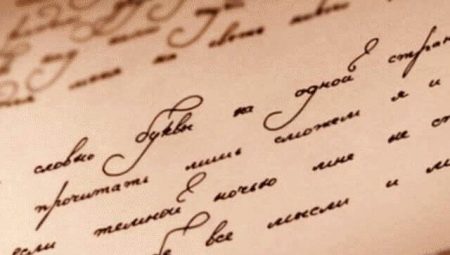
Ballpoint pen calligraphy is not considered an art, but mastering the basics allows you to develop beautiful, neat handwriting. You can learn how to write in calligraphic handwriting on your own. To do this, it is enough to regularly perform the necessary exercises and follow certain rules.
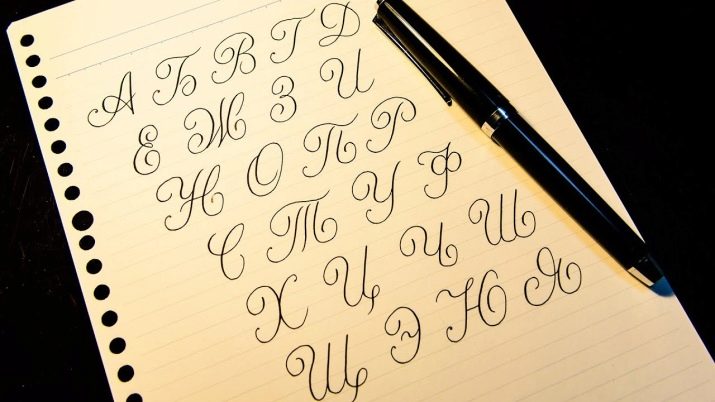
Calligraphy art
Experienced calligraphers do not recognize a ballpoint pen as being suitable for this art form. Nonetheless, ballpoint pen calligraphy has recently been widely used. This technique is often used to create invitation cards, postcards, notebooks or photo albums. Such activities will also help you learn how to write in beautiful, calligraphic handwriting.
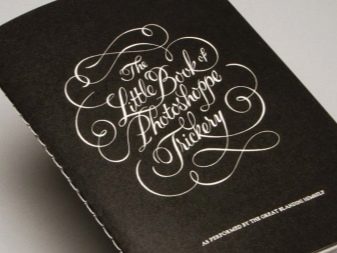
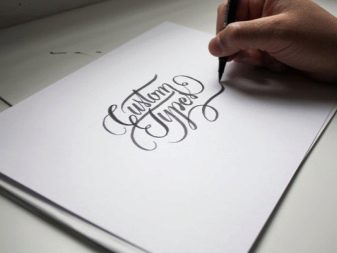
It happens that a person does not like the way he writes, or the parents are unhappy with their child's handwriting. It's easy to fix it yourself. The process will not require much time, and the result will be noticeable after just a few days of training.
Such "fake calligraphy" allows you to correct handwriting deficiencies at any age, and in addition, it provides an opportunity to master the basic skills for further practicing this ancient art.
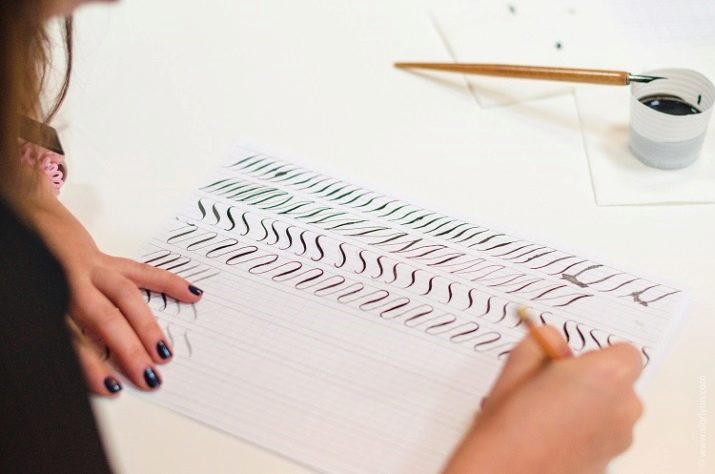
How to learn to write beautifully?
Changing your handwriting requires patience and perseverance. The point is not that it will take a lot of time, but that the exercises themselves require painstaking, monotonous work, leisurely, which not everyone is capable of. First of all, you need to determine how free the hand movements are when writing. To do this, you need to look at the following features:
- the presence of letter decorations (all kinds of curls, underlines, and the like);
- spacing between letters and lines;
- slate strokes.
If the hand is too tense while writing, the letters will be of different sizes, angular, the distance between them will also be uneven, and the hand will get tired quickly enough. For handwritten text to look beautiful and graceful, the letters must be even, rounded, smooth, and the spacing must be the same. To do this, you need to try to work not only with the hand and fingers, but also with the whole hand, including the shoulder.
Hand gymnastics is the first and very important stage. Memorable from childhood "we wrote, we wrote, our fingers are tired" will allow you to stretch your fingers. Do not forget about the entire hand, wrist, shoulder.
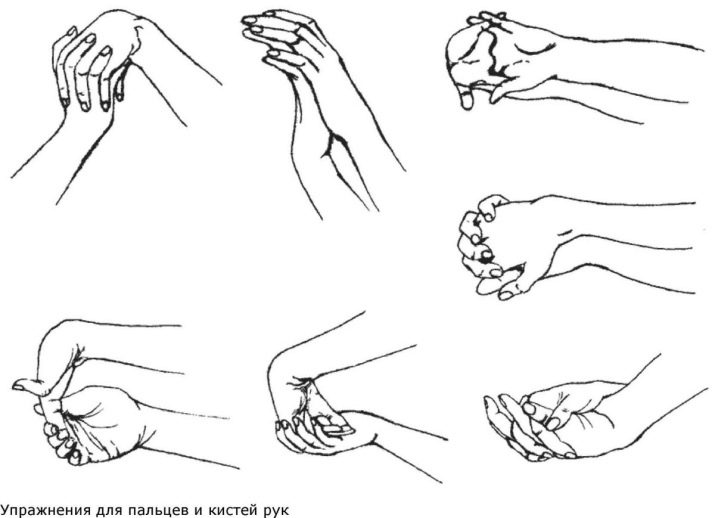
After the hands are "on alert", you can proceed directly to the exercises.
- For beginners, regular school recipes work well. The letters presented there should not be simply copied mechanically. They are broken down into separate components in order to make it easier to understand which of the elements cause the greatest difficulties for writing, and to pay special attention to them.
- You need to write out the letters smoothly, without rushing, achieving the most accurate reproduction. Without going to words, and even more so - whole sentences, you must first learn how to write the alphabet beautifully, pay attention to capital letters.
- As soon as the reproduction of letters at a low speed begins to work out, you need to increase the writing rate - this will allow you to achieve automatism in the movements. A person engaged in writing does not think about how he writes and what actions he performs. In order for the new handwriting to "take root", the acquired skills must be honed to the same level.
- Performing the exercises, you need to monitor the size of the letters (it should be the same), their slope, the endings of words (which strive to "move" up or down), the distance between words, as well as punctuation marks. They will also need to learn how to display them in a new way.
- During workouts, you can use a regular ballpoint pen, gel or fountain pen, you can take a simple pencil - whoever likes what. The tools are selected independently based on personal preference.
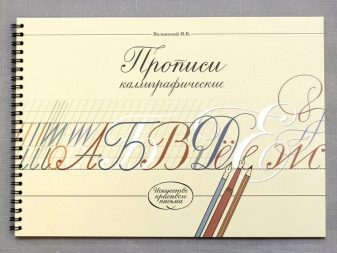
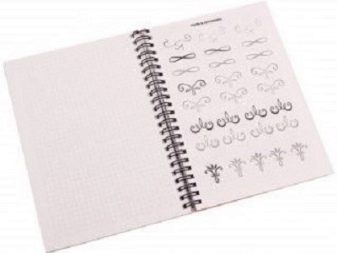
Fundamental rules
To make your handwriting beautiful, you need to follow certain rules:
- correct fit: the back is straight, the arms (except for the elbows) are on the table, the head is slightly tilted forward, so that there is at least 30 cm between the eyes and the paper;
- the handle should be held with three fingers no closer (and no further) than one and a half centimeters from the rod;
- regular exercise: 10-30 minutes every day;
- repeat the exercises slowly, without haste.
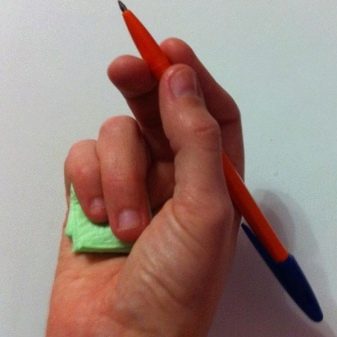
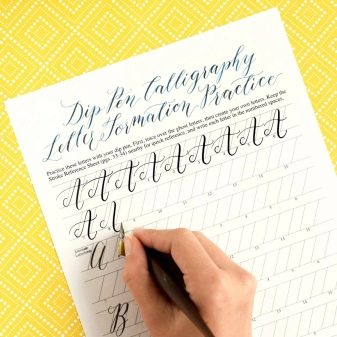
Compliance with these simple requirements will allow you to develop an elegant calligraphic handwriting at any age.
Despite the total computerization, the demand for calligraphic, hand-made lettering is not decreasing, but on the contrary growing. Maybe the fact is that the Russian language "lives" only in handwritten texts that convey its soul? Perhaps. One way or another, the art of calligraphy not only does not give up its positions, but also conquers more and more fans who are ready to learn to write anew, just to master this ancient technique.
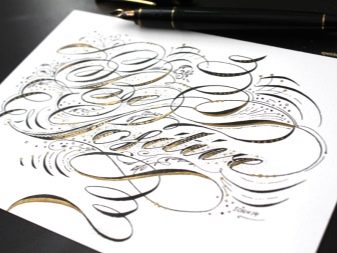

For basic calligraphy exercises, see the following video.







